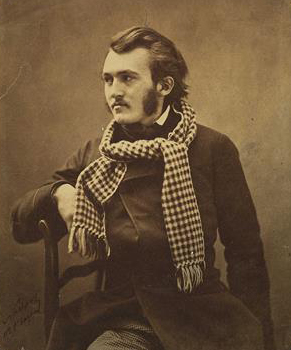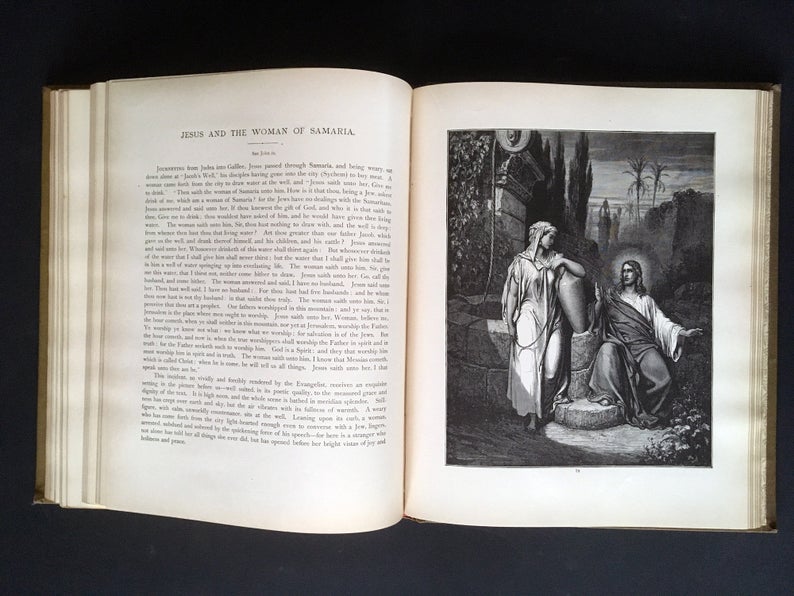A website is a powerful marketing tool. It can be equipped with sophisticated marketing systems designed to convert visitors into customers, or in the case of museums, into members, volunteers, and donors. But rarely are museum websites equipped with advanced marketing tools. For a host of reasons, museum websites are found wanting when it comes to their marketing effectiveness.
This month’s newsletter touches on some of those reasons, considers some of the lost opportunities that result from non-marketing oriented website platforms, and how museums can begin to integrate more advanced forms of web-based marketing that for-profit companies have been employing for years.
Why Museums Lag Behind the Website Marketing Curve
There are many reasons why museum websites tend to lack advanced marketing systems and strategies. I’ll focus on just three: a cultural lack of urgency resulting from grant funding and major donor support, understaffed and overworked marketing departments, and some technical constraints that wall off the potential for dynamic marketing capabilities.
Cultural Lack of Urgency
Most museums are funded from multiple sources. Annual donations, returns on endowment investments, memberships, grants, and earned revenue (ticket sales, event income, store and cafe sales, etc.). Earned revenue rarely exceeds 30% of a museum’s funding. In the for-profit world, where virtually 100% of revenue has to be earned, museums can rest on other revenue sources. The pressure to convert visitors into customers therefore is lower, thus the urgency to employ more aggressive and effective solutions is less.
Having an endowment, and getting major donations is great. But museum staff know that operating budgets are always tight. The more dependent you are on the performance of your investment portfolio, or the good graces of major donors, or undependable government funding, the more susceptible you will be to budget shortfalls. So while museums often have a foundation that for-profit companies lack, growing earned revenue and membership revenue will provide greater stability and control over annual budgets. And investing in better website marketing platforms can go a long way toward this growth and control.
Overtaxed Marketing Departments
Another reason why museum websites tend to lag behind their for-profit cousins is due to the high octane environment of a museum’s marketing department. Between publicity, communications, non-digital marketing of exhibition and programs, and spear-heading special projects, marketing teams are among the busiest of a museum’s staff. Advanced digital marketing is a specialized skill, It requires more time to plan and strategize than most museum marketing departments have available. The tyranny of the urgent can easily overrule planning for the important.
Technological Barriers
Lastly, there is a significant technical barrier that most museums face in implementing advanced web-marketing strategies. Museums often employ specialized Customer Relationship Management systems (CRM) for their development, membership, ticketing, and marketing departments. For example, one of the more popular specialized system is Blackbaud’s Altru product. It offers a full suite of systems and tools that museum’s need, everything from donor managements, ticketing, event registration, to email marketing. But these major, all-in-one solutions also tend to be closed systems whose APIs (needed to implement advanced strategies and tools) are limited. (See last month’s article on why REST APIs are so important to The Future of Museum Software.)
Lost Opportunities
Due to all these reasons, advanced web-marketing strategies are often under-utilized or entirely absent in museum websites. What are some of these opportunities? They involve content strategies that result in measurable visitor engagement (filling out forms), so that content can be tailored to each visitor based on the collected information. Marketing automation platforms, progressive profiling, and smart CTAs (Calls to Action) can be very powerful tools that move website visitors from online visits, to onsite visits, to becoming members, volunteers, and even donors.
Let’s consider a few website visitor scenarios. Let’s take a visitor whose session comes from a location several states away from the museum’s location. Calling such a visitor to become a member makes little sense. But what if this visitor is looking for potential things to do when they visit your city during an upcoming vacation? Based on their location data you might want to present an alternate CTA. Perhaps a pop up that asks “Coming to Our City? Find out about our upcoming events and exhibitions.” Perhaps offer a discount code if they buy a ticket in advance. There are a number of calls to action that could be fitting for non-local visitors.
On the other hand, let’s assume a local visitor, one that is not yet a member of the museum. In this case, you might want to leverage CTAs that speak of the benefits of museum membership. Or if a website visitor is already a current member you might present calls to action about upcoming events and openings. Or perhaps ask them to consider volunteering, or just take the opportunity to thank them for being a member and start to make the case for additional support through donations. You certainly wouldn’t want to present a current member a CTA that offers membership—that would be a complete loss of opportunity.
There is any number of scenarios, based on information you can collect about your visitors, that would be more fitting based on individual profiles. Tailoring the content, and your calls to action based on that data can help move people through the funnel from website visitor, to onsite visitor, to member, to volunteer, to donor.
Progressive Profiling
Another benefit of advanced visitor engagement strategies is the ability to further refine the information you have about your visitors. The more data you collect, the more targeted your content, offers, and asks can be. One way to build this data is through progressive profiling. Once a visitor fills out a web form, you can store that information in their profile, and when they engage a different form later, a newsletter subscription form for example, rather than asking for information you already have you can start to enrich their profile by asking other things like: “How often do you attend museum events?,” “Have you ever brought children to our kids programs?,” “Have you used our educational resource site?,” “Would you be willing to participate in our annual museum visitor survey?,” “Which of the past exhibitions have you attended?”
Questions like these can begin to fill out your visitor data and enable you to segment content and offers to specific audiences that they will be most receptive to.
Overcoming the Barriers
Deploying advanced marketing systems for a museum will require overcoming barriers. No doubt a marketing department will need help planning and implementing these tools, and (shameless plug) companies like Cuberis are here to help. But even more difficult is the technical barrier that often limits these kinds of advanced strategies. Most customer relationship management systems in a museum context are customized primarily for the development office as they engage in donor relations. And these specialized systems tend not to offer robust REST APIs that would be needed to enable a website to have real-time knowledge of a visitor’s status to serve up the proper content. Without that access, the website can’t know much about who is visiting.
But there are some workarounds to overcome this barrier. Most marketing automation systems, that provide the kind of user profiling described in these strategies offer contact import and merging. Data in your back-office CRM may be able to be imported into a website marketing automation platform. And then any additional information collected in the automated system can be stored in its own platform for the particular use of engaging website visitors. Occasionally you might need to do an update from the back office CRM (to keep membership status up to date for example, or perhaps to aid in using a smart CTA to remind members to renew).
Utilizing a “shadow system,” one that can be kept in general sync with the back-office CRM but which can more fully integrate with your website, may be a necessary patch until museum CRMs offer more robust APIs.
Fortunately, there are many low-cost marketing automation platforms that can be used alongside a major software platform, in order to overcome this barrier and implement effective strategies.
Advanced Marketing Capabilities for the Sake of Museum Mission
Modern marketing automation capabilities can significantly improve a museum’s website, helping to improve earned revenue. But capabilities like this, in a museum context, can transcend mere marketing goals. Based on collected user information, a museum website can deploy these new capabilities in ways that increase engagement with your collection, programs, and resources.
Based on user segments (parents with kids, exhibition preferences, frequency of attendance, favorite objects, etc.) you could provide content that’s more engagement oriented. If you knew that a particular visitor had attended an exhibition on the impressionists, a follow-up CTA that points to new scholarly publications, or lectures, or upcoming events about impressionism could extend the impact of that experience. The possibilities for mission-oriented, engagement-focused personalized content can not only help improve revenue, but it can also impact mission.
With such potential, it’s well worth the effort to overcome some of the obstacles that make museum websites lag behind in the use of advanced marketing tools and strategies.










